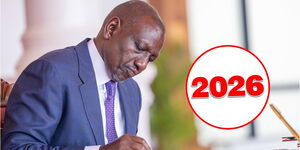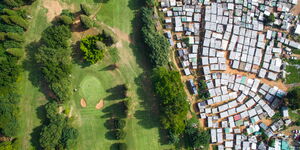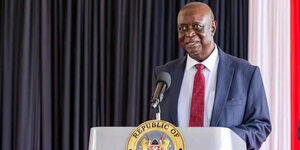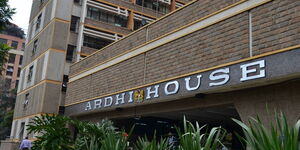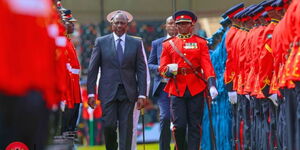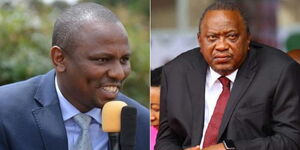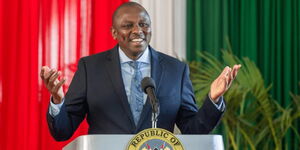The Kenya shilling on Tuesday, June 11, strengthened to a record 129 unit mark against the Dollar supported by foreign currency inflows from tea, coffee and horticulture.
According to Reuters, the Shilling stabilised as exporters earned hefty amounts of foreign currency from their exports.
Thus, the demand for the Shilling grew as exporters of the three crops exchanged their dollar revenues for the local currency.
Tea, coffee and horticulture constitute the country’s major exports and occasionally trigger dollar inflows from foreign purchases.
As of Tuesday, commercial banks quoted the shilling at 129 against the Dollar, having strengthened from Ksh130 the previous day.
The local currency also firmed as importers from the manufacturing sector held off from buying dollars as they anticipated that the local currency would strengthen.
While attributing the stability of the local currency to the three crops, the analysts predicted the Shilling to continue gaining ground in the coming days.
The future improvement was attributed to the growing demand for the Shilling from investors seeking to purchase short-term government securities.
"Dollar supply is up a bit as they're chasing short government paper," an analyst noted.
In late January this year, the Shilling began firming against the dollar and has continued to gain ground in recent weeks, making it the best-performing currency globally.
The gains were attributed to the Ksh310 billion ($2 billion) partial Eurobond buyback in February this year and the oversubscription of the infrastructure bonds by investors.
The Shilling is also projected to improve further even as the government plans another buy-back of $500 this month to complete the payment of the $2 billion Eurobond issued in 2014.
In a recent Monetary Policy Meeting (MPC), the Central Bank of Kenya Governor Kamau Thugge stated that the buy-back would be made using the Ksh156 billion loan proceeds from the World Bank.
"We do expect some disbursements from the World Bank of about $1.2 billion related to the development policy operations. Part of that ... will be used to settle the $500 million of the remaining Eurobond," Thugge stated.

